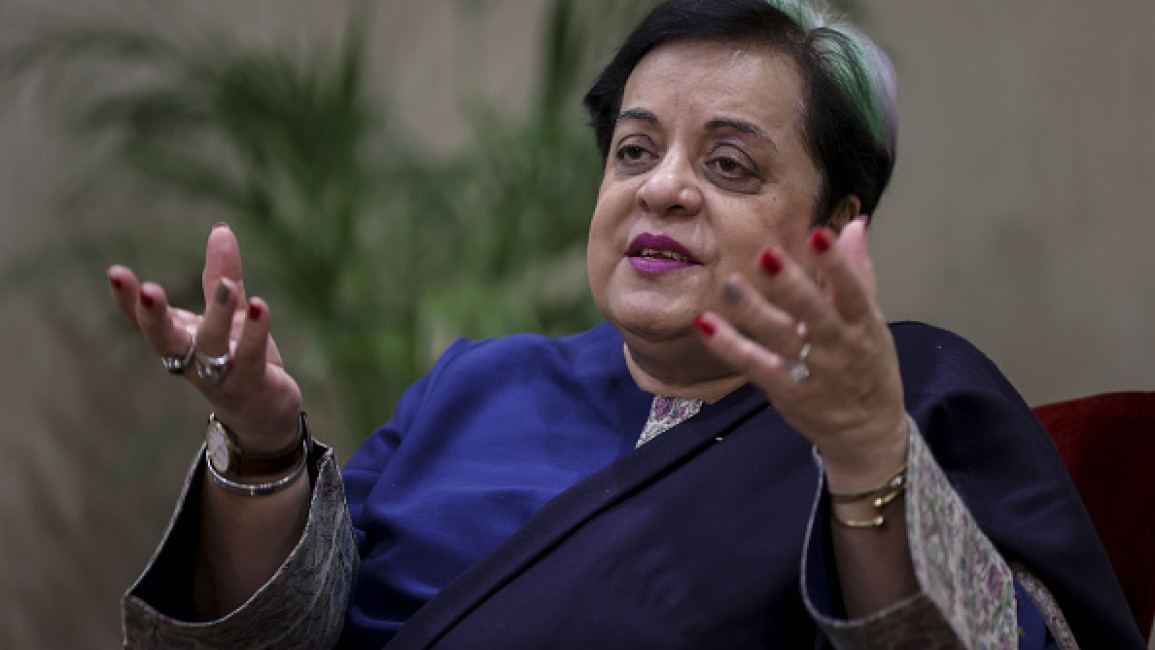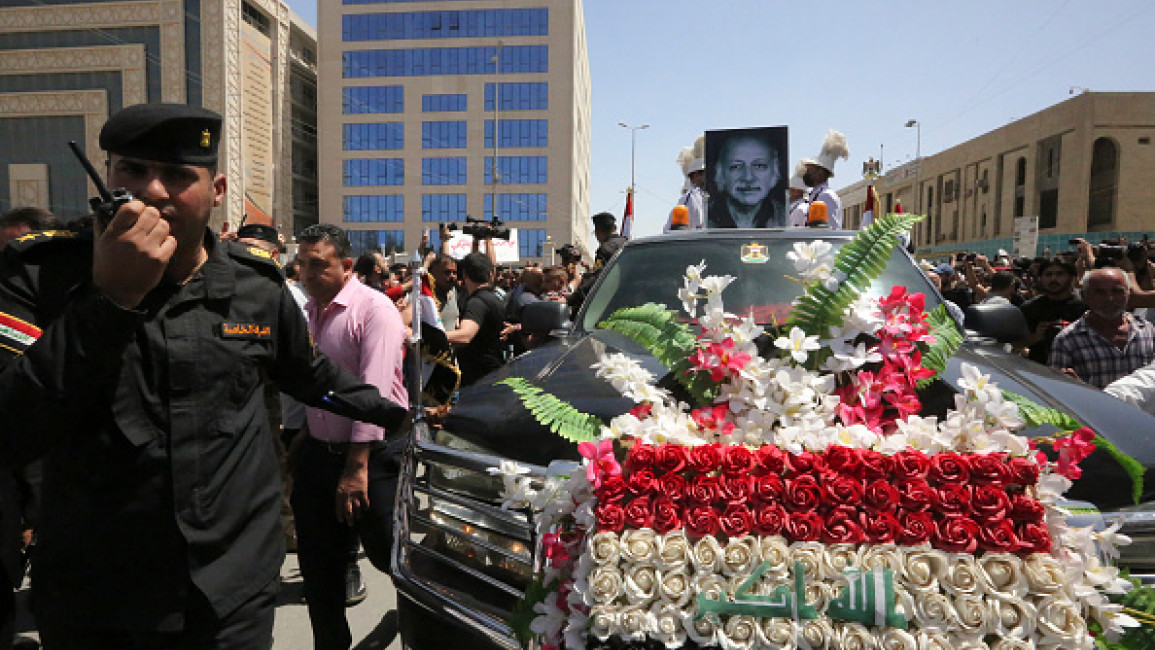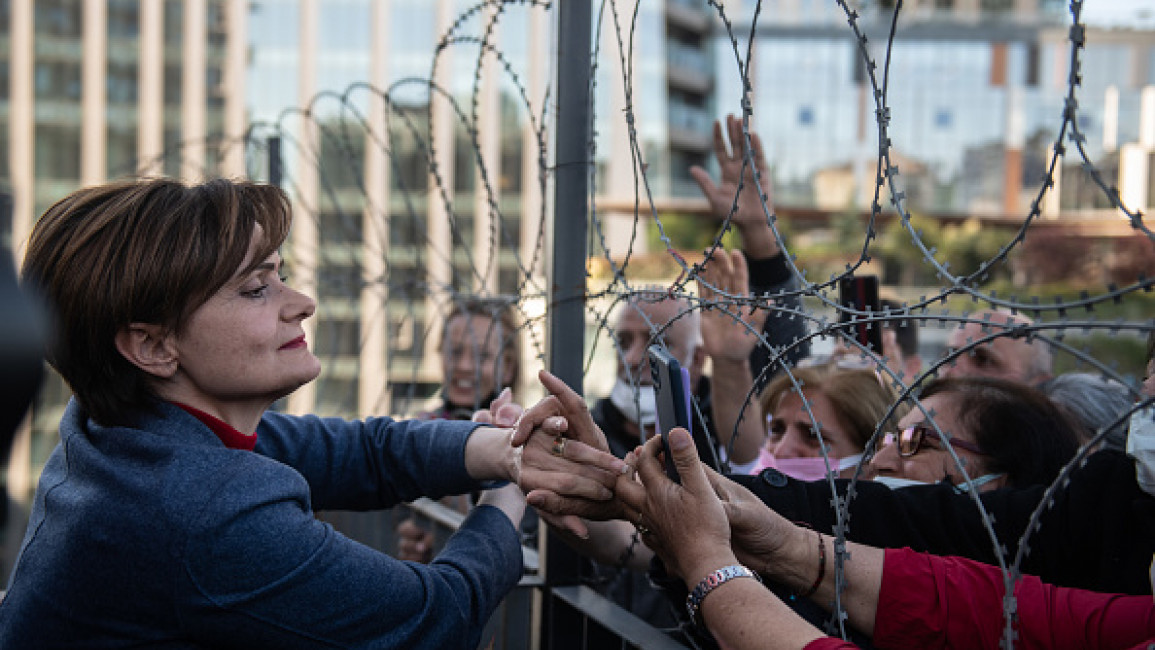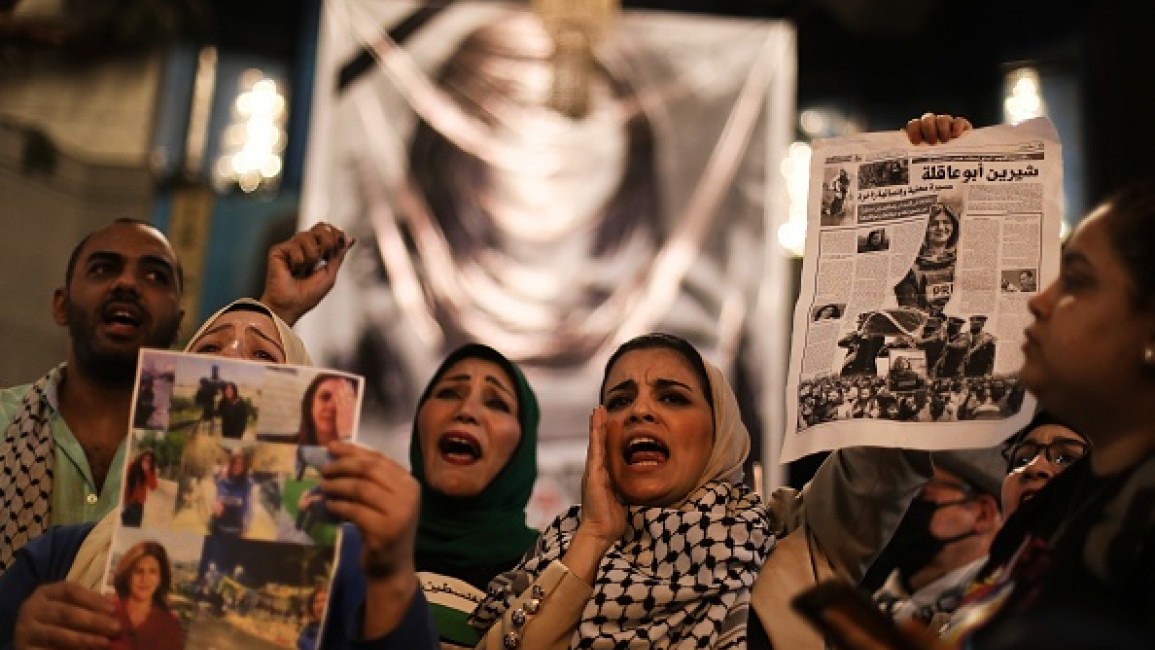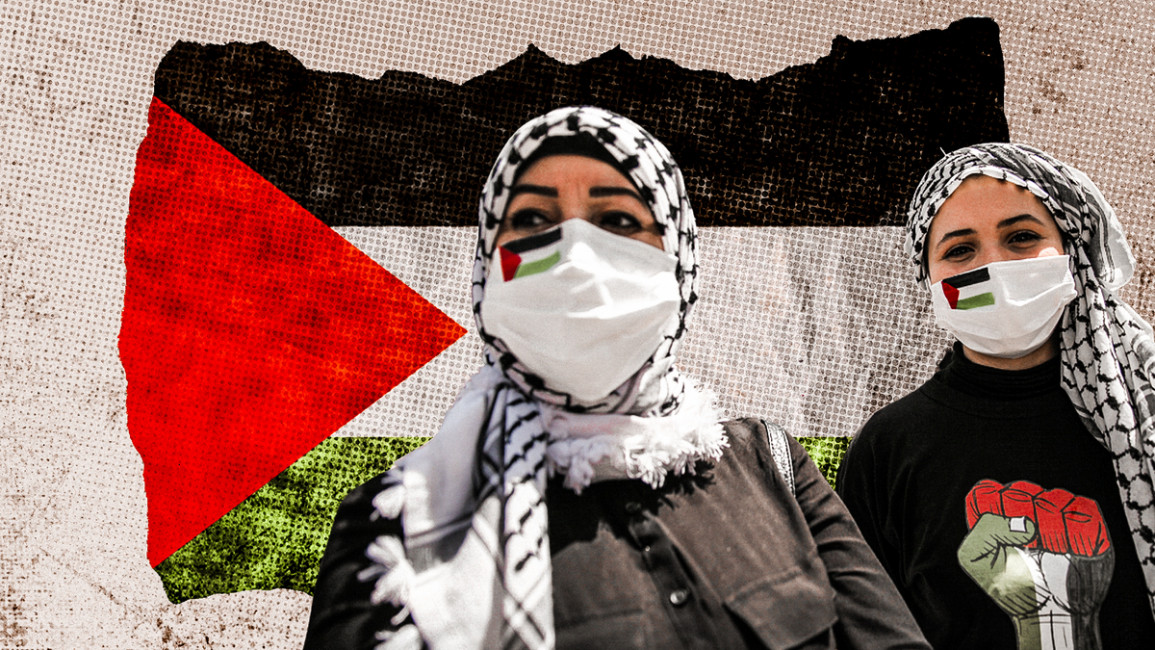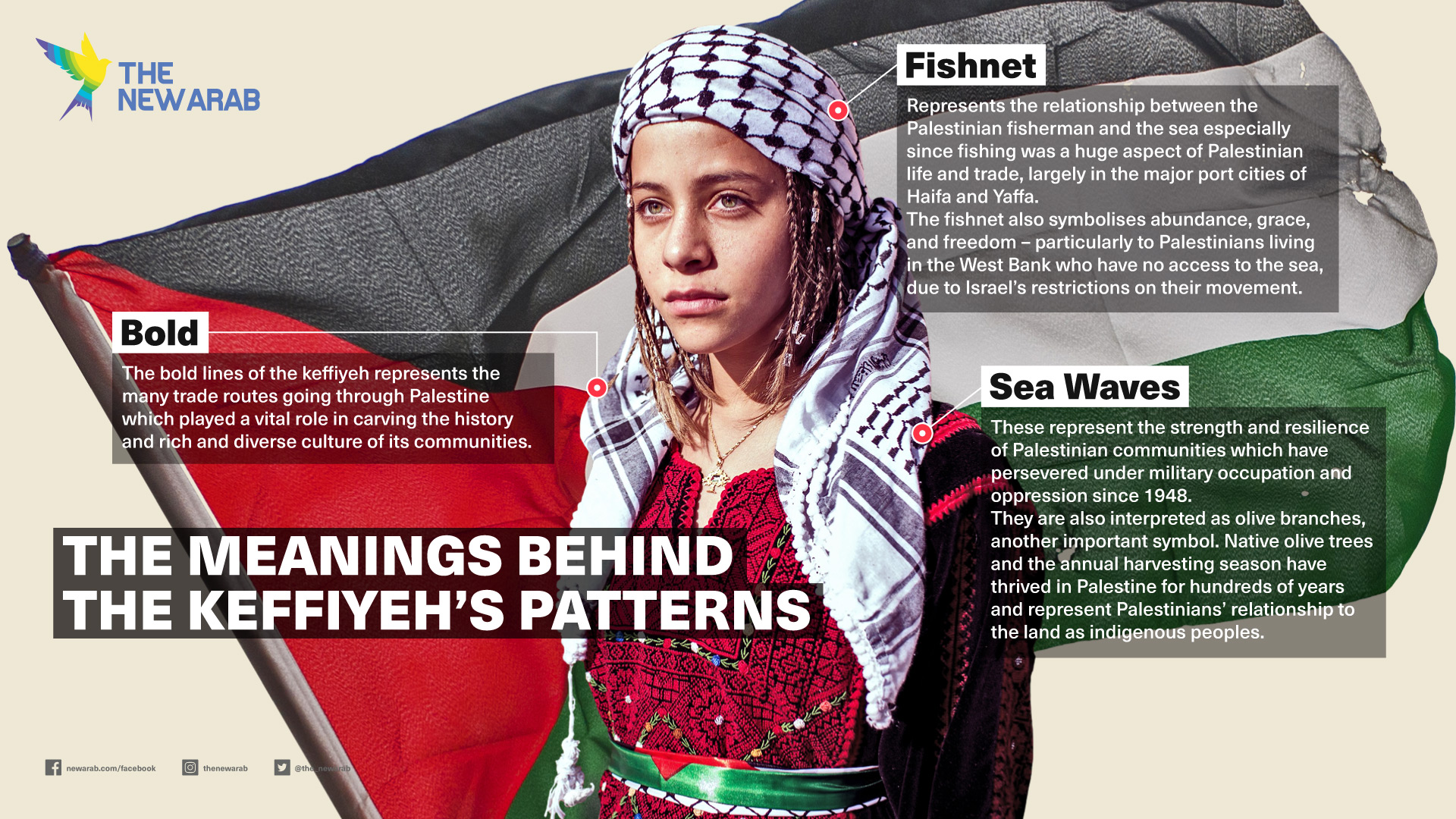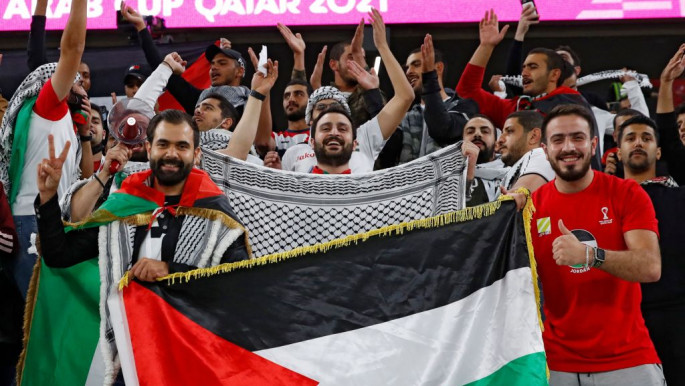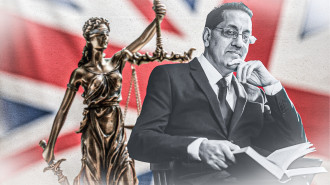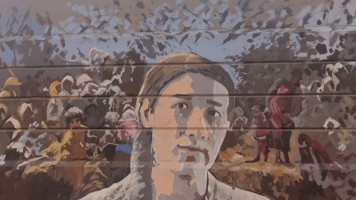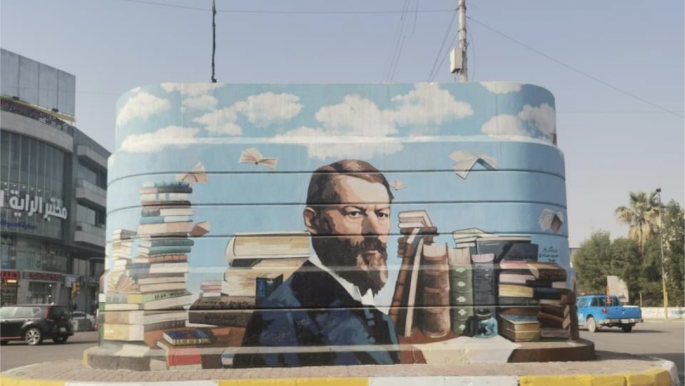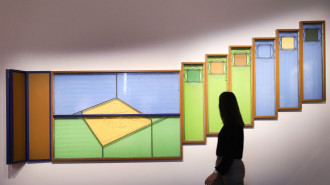
Remembering Siah Armajani, the late Iranian architect who made America beautiful again
Kourosh Ziabari
12 May, 2022
An understated giant of midwestern architecture, Iranian-born Siah Armajani has cemented his place in the design history of the United States. Profiling his achievements over a 60-year career, The New Arab looks back on his life and his legacy.
Many residents of Minneapolis, Minnesota, cross over the Irene Hixon Whitney Bridge every day or move past it.
It offers a unique vantage point to the well-liked Minneapolis Sculpture Garden, epitomised by the iconic $500,000 Spoonbridge and Cherry sculptural design.
Most of the locals recognise Whitney, a Twin Cities philanthropist and civic leader who was married to the 1980 Independent-Republican gubernatorial candidate Wheelock Whitney and passed away in 1986.
"Siah Armajani is reputed to have kept a relatively low profile during his career, but that doesn’t mean his work was not noticed or did not earn plaudits"
But to many Minnesota denizens and visitors of the Garden who happen to walk over the bridge spanning an interstate highway, or at least catch a glimpse of it from afar, the story behind the structure is almost undisclosed, unless one is deeply involved with arts and history.
The passers-by appraise it as a commendable artefact boasting aesthetic perfections, but few of them are familiar with its designer, the late Siah Armajani, one of the countless Iranian artists who have chosen the United States as their home and worked to give a facelift to their quarters.
Siah ‘Siavash’ Armajani was an Iranian-American artist and architect who lived most of his life in Minneapolis and died in 2020 at the age of 81 because of heart failure.
He was born in 1939 in Tehran when Reza Shah Pahlavi, the first monarch of the House of Pahlavi was in power. When the throne was passed to his son Mohammad Reza Pahlavi, it was the fear of persecution by an undemocratic leader, whose grip on power was consolidated after the 1953 coup co-engineered by the United States and Britain, that compelled the young Siavash to bid farewell to a motherland he cherished and embark on a new journey.

Siah Armajani's: 'Bridge Over Tree' is displayed at Brooklyn Bridge Park. The Iranian-born artist's installation features a 91-foot-long walkway with a set of stairs that rise and fall over a single evergreen tree [Getty Images]
A Christian by upbringing, he was engrossed by Islamic arts and his artistic productions as a teenager included collages denouncing the coup, and critiquing, in a subtle and low-intensity mode, the authoritarian regime helmed by the shah, which could leave him in a vulnerable position and most probably see his liberty compromised.
In 1960, he relocated to the States, and enrolled at the St. Paul-based Macalester College, a premium liberal arts school of higher education, whose most noted alumnus is probably the former United Nations Secretary-General Kofi Annan.
An inimitably prolific artist, the harvest of his six-decade career can be spotted all around the United States: from the Bridge Over Tree in Brooklyn Bridge Park, New York City, to the cauldron for the centennial edition of the 1996 Olympic Games in Atlanta and the exquisite Glass Bridge for Nashville pledged to the Cheekwood botanical garden.
A total of 38 artworks by Armajani are kept by the Walker Art Center in Minneapolis, the most monumental of which is Fallujah.
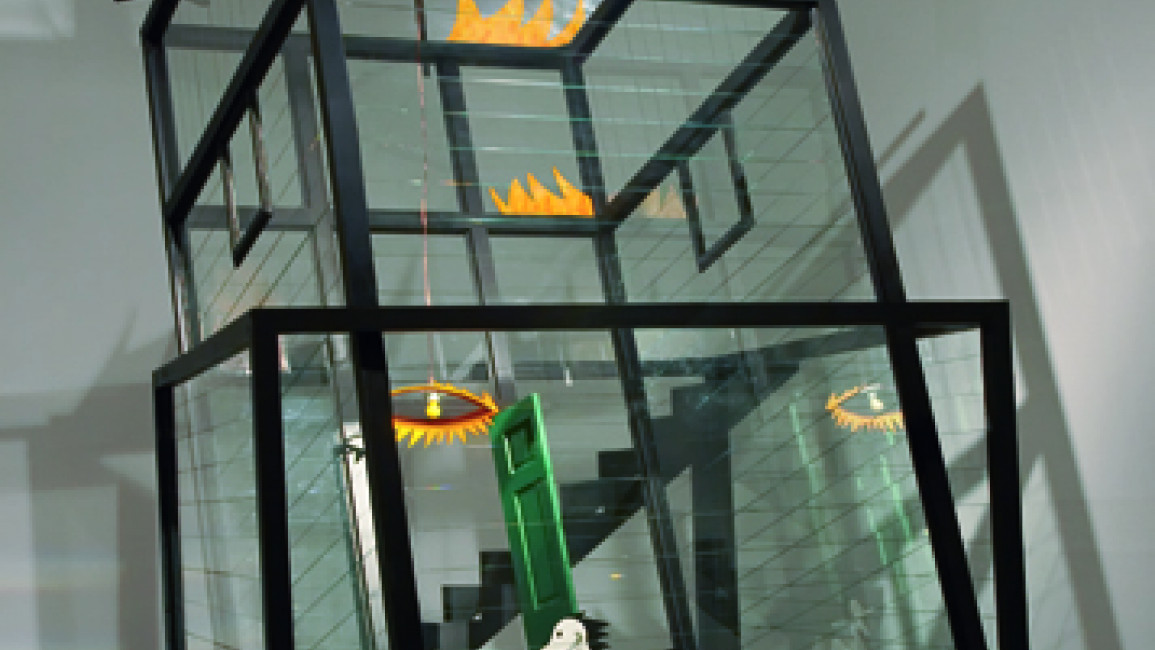
Fallujah by Siah Armajani [courtesy of the Met Museum]
Named after the Iraqi city of Fallujah – which was besieged during the US invasion of Iraq and witnessed the bloodiest chapter of the war when 82 US troops, six Iraqi troops and nearly 2,000 “insurgents” were killed after the Second Battle of Fallujah broke out – the model is a courageous expression of dissent against the US militarism.
Some arts connoisseurs assert it is evocative of the 1937 oil painting Guernica by the Spanish legendary artist Pablo Picasso, created to challenge Hitler’s callousness after his aerial bombing of the village of Guernica in the Basque County during the Spanish Civil War.
An emigre fascinated by the vision of American democracy, there are frequent references to the works and quotations of pro-democracy intellectuals Henry David Thoreau, Walt Whitman, Emma Goldman and John Dewey in Armajani’s constructions.
Yet, the invasion of Iraq was a moment of rupture and disillusionment, not only for him, but for many of those who were convinced the United States would be the first to practice what it preaches and stand up for the rule of law and accountability, and were proven wrong.
The radicalising effect of that military campaign was what gave birth to Fallujah, and from that point onward, Armajani embraced a new artistic trajectory.
He announced that he would no longer create habitable forms but would start enclosing, or rather caging them, in glass; an encirclement that mirrored his suppressed frustration with how the American democracy had failed its devotees.
Frank Jossi, a journalist in St. Paul and contributor to Midwest Energy News who also studies culture and history in Minnesota believes Armajani has been able to carve a name for himself as one of America’s finest sculptors: “I can say Armajani is thought-provoking, drawing you into his pieces not with a sledgehammer but instead through the enthralling beauty of work that slyly invites to enjoy the view before delivering an uncomfortable understanding of the world.”
"Siah Armajani was a Midwestern who stayed, and an Iranian who exercised his talent in a country that would appreciate it, in a region that would celebrate it. And oddly enough, his recognition was far above many of his contemporaries who exercised their ambitions on the coasts"
Armajani belongs to a generation of Iranian immigrants whose transition to the United States didn’t coincide with the insolvency in bilateral relations that is playing out today.
Before 1979, Iran and the United States were stalwart allies. President Jimmy Carter famously referred to Iran as “an island of stability in one of the more troubled areas of the world” at a 1977 state dinner in Tehran.
But however unlikely it seemed at the outset, the Islamic Revolution plunged the erstwhile genial bilateral ties into an apparently irreversible blackout from which the two countries haven’t recovered yet, and tensions have even metastasized over time.
All the same, Iranian immigrants, mostly questing for their “American dream,” kept flowing in post-1979, and many of them went on to become leading authorities in sciences, academia, arts, culture, media and politics.
The absence of diplomatic ties means even getting to the US soil is a daunting task for people of Iranian origin holding a tenuous passport. Against the odds, many of them have surmounted the adversities, worked hard and made contributions that are appreciated by the broader public.The United States, carrying the accolade of the land of opportunity, empowers almost anyone who aspires to succeed to find their right place and make headway. For Iranians, however, things are slightly different.
From the uniquely witty stand-up comedian Maz Jobrani to the Crystal Award-winning visual artist Shirin Neshat and the Primetime Emmy Award-winning star of the House of Sand and Fog Shohreh Aghdashloo, household names in arts and culture hailing from the community of Iranian-Americans are not scarce.
Siah Armajani is reputed to have kept a relatively low profile during his career, but that doesn’t mean his work was not noticed or did not earn plaudits.
RELATED
Culture
Sahar Esfandiari
In March 1990, The New Yorker did a profile of him, and he took his installations to national and international exhibitions, from the Metropolitan Museum of Art and Storm King Art Center to Nelson Atkins Museum of Arts and Museo Reina Sofia.
“I think his work is celebrated because he was an immigrant who came not to the art capital of the country, New York, but instead to Minneapolis, an arts-rich metropolis a long way from the coasts. He made his life in the Twin Cities as other artists decamped to California and New York, the nation’s two art centres, to seek fame,” Jossi said.
“In that sense, he was a Midwestern who stayed, and an Iranian who exercised his talent in a country that would appreciate it, in a region that would celebrate it. And oddly enough, his recognition was far above many of his contemporaries who exercised their ambitions on the coasts,” he told The New Arab.
Kourosh Ziabari is an award-winning Iranian journalist and reporter. He is the Iran correspondent of Fair Observer and Asia Times. He is the recipient of a Chevening Award from the UK's Foreign and Commonwealth Office and an American Middle Eastern Network for Dialogue at Stanford Fellowship.
Follow him on Twitter @KZiabari
